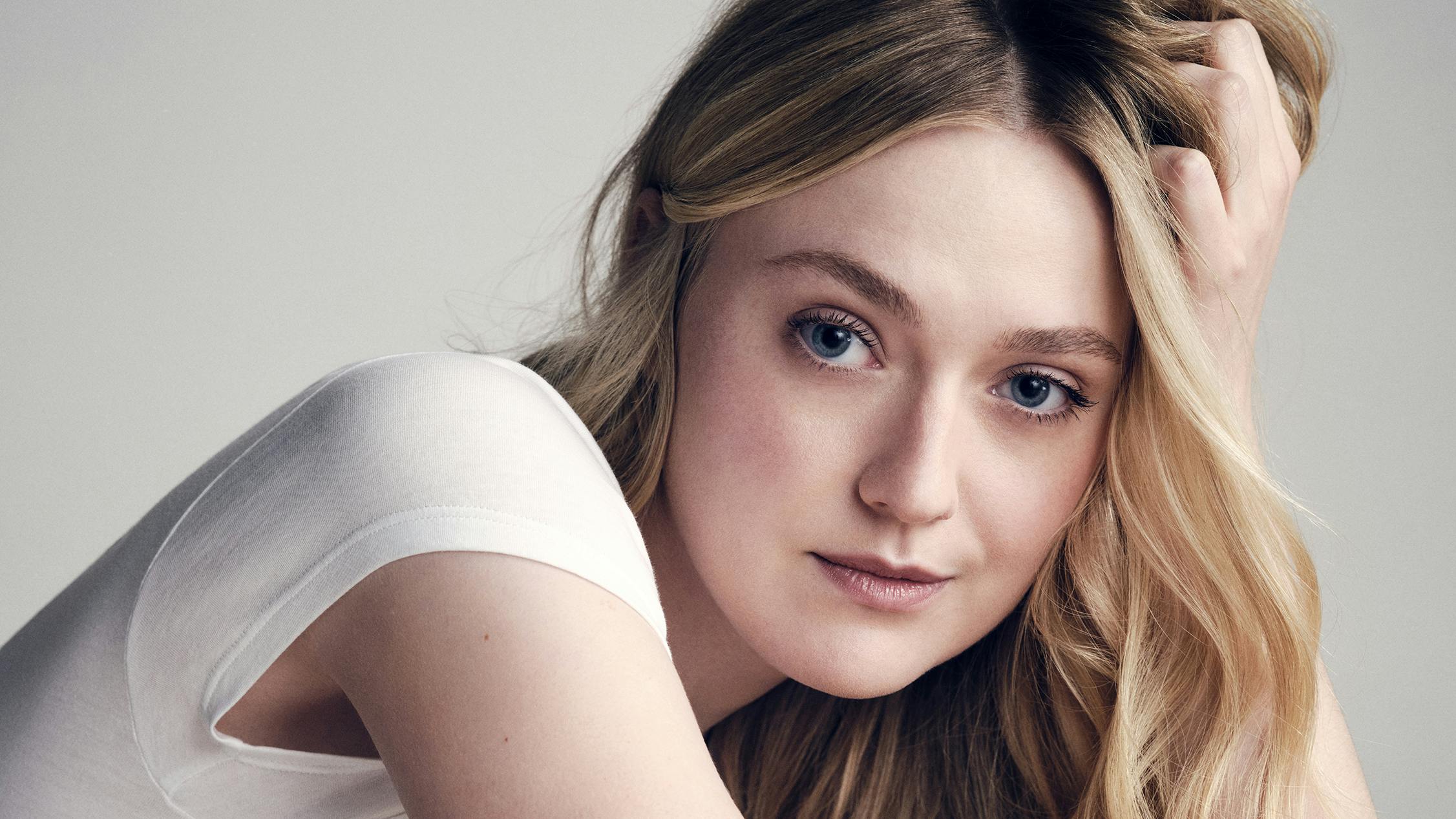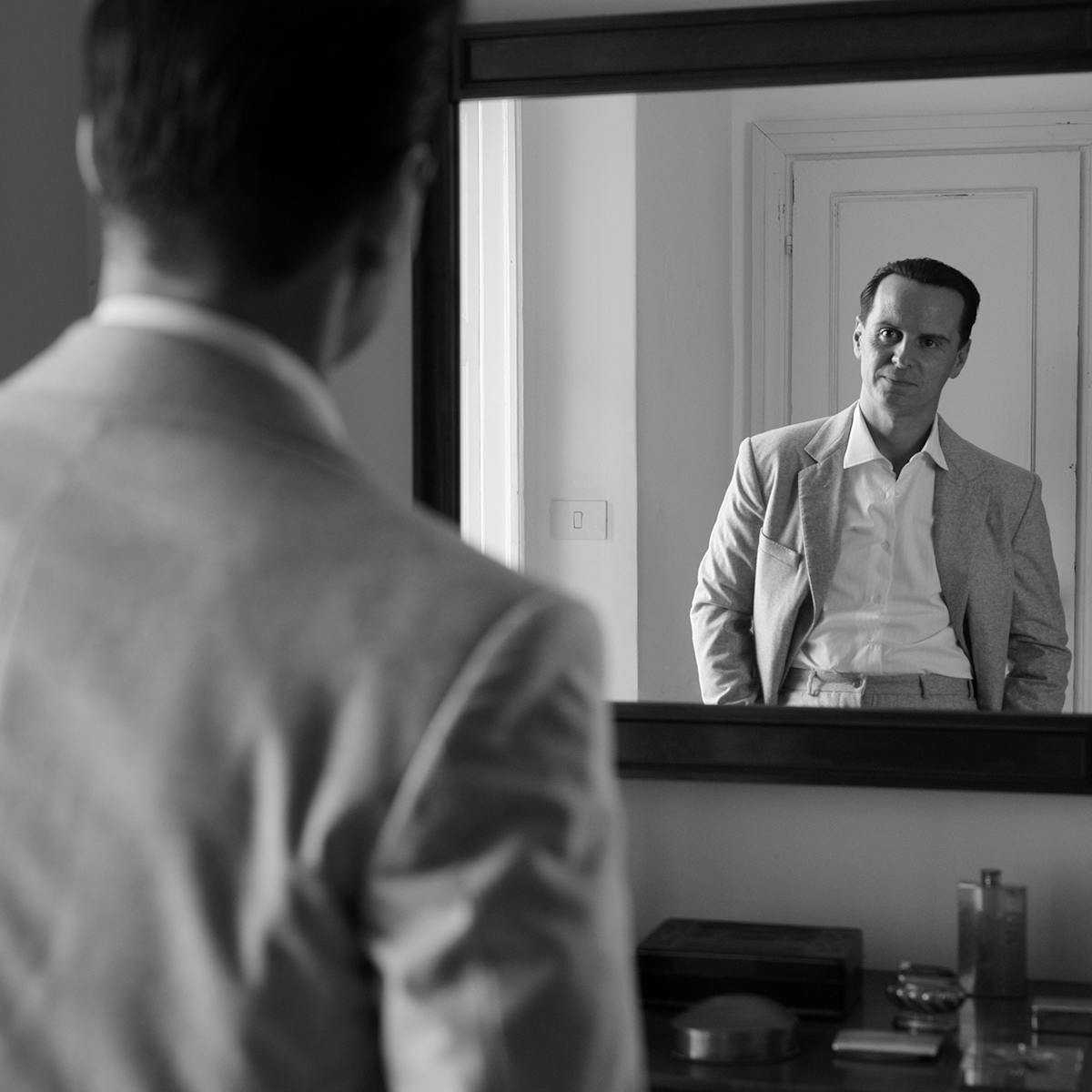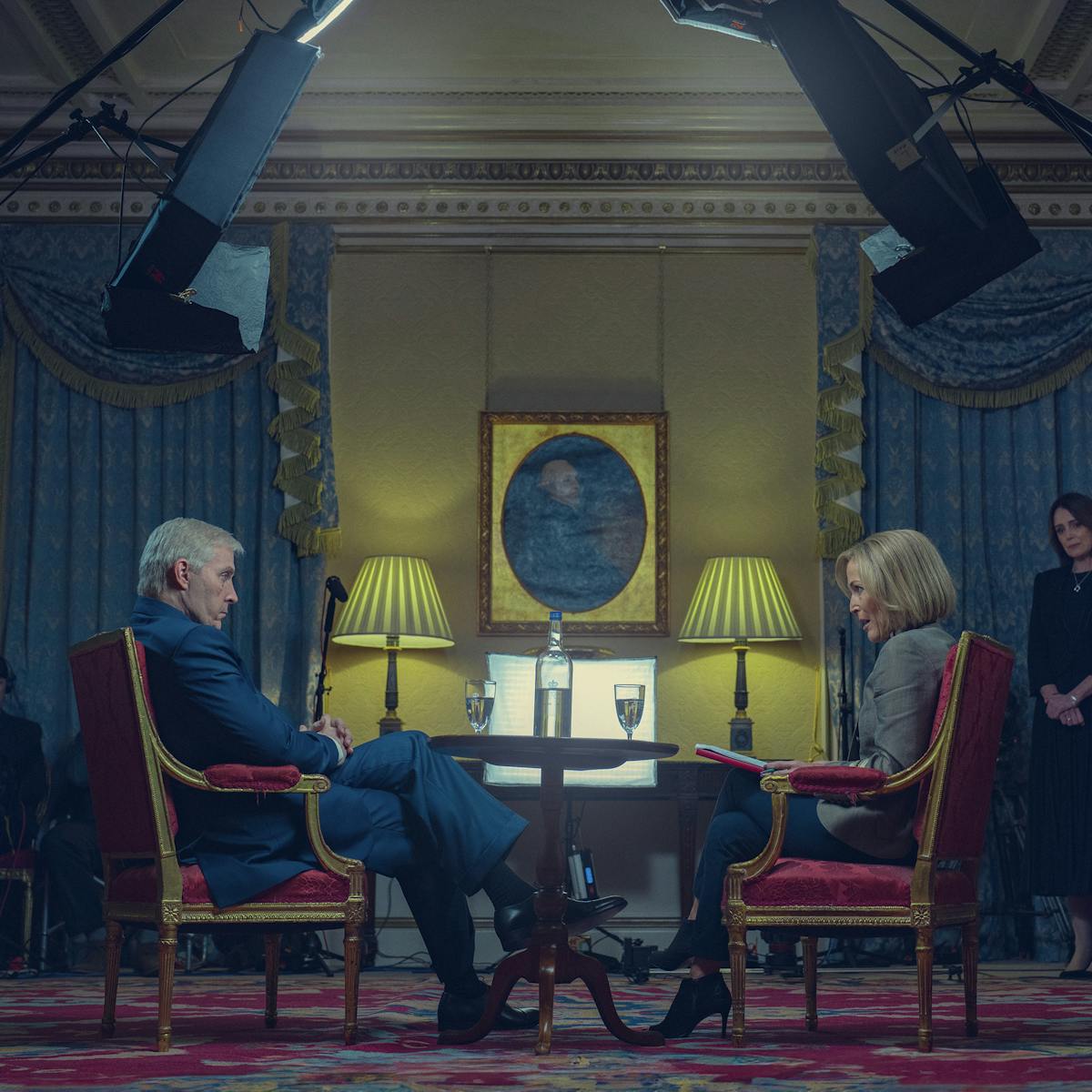As Marge Sherwood, Dakota Fanning portrays a formidable foe opposite Andrew Scott in Ripley.
Since the tender age of seven, Dakota Fanning has owned every moment she’s been onscreen. The actor’s breakthrough came in the 2001 drama I Am Sam — a performance she received a Screen Actors Guild Award nomination for, making her the youngest nominee in SAG history. Fanning went on to star in Man on Fire and War of the Worlds, portray Cherie Currie in the musical biopic The Runaways, and deliver a captivating turn in the Emmy-nominated series The Alienist.
However, it was Fanning’s work as a Charles Manson acolyte in Quentin Tarantino’s Once Upon a Time . . . in Hollywood that convinced writer-director Steven Zaillian (Schindler’s List) she would be the perfect Marge Sherwood in his eight-part series Ripley, a provocative adaptation of Patricia Highsmith’s 1955 novel The Talented Mr. Ripley. An aspiring writer whose understated confidence exudes the air of upper-crust society, Marge is a constant companion of Dickie Greenleaf (Johnny Flynn), the errant playboy who is suddenly orbited by an odd stranger named Tom Ripley, played bewitchingly by Andrew Scott. Where others are taken in by the suave grifter, Marge can sense that the man is not what he seems.
Fanning jumped at the chance to play the character and take on the challenges associated with the role — not least of which was learning Italian prior to the months-long location shoot that visited Rome, Venice, Palermo, Capri, and Atrani on the Amalfi Coast. Perhaps the greatest artistic thrill, she says, was working opposite Scott in the confrontational moments between Tom and Marge: “I knew that it would be really fun to do those scenes with Andrew — and it was.”
An edited version of the conversation follows.
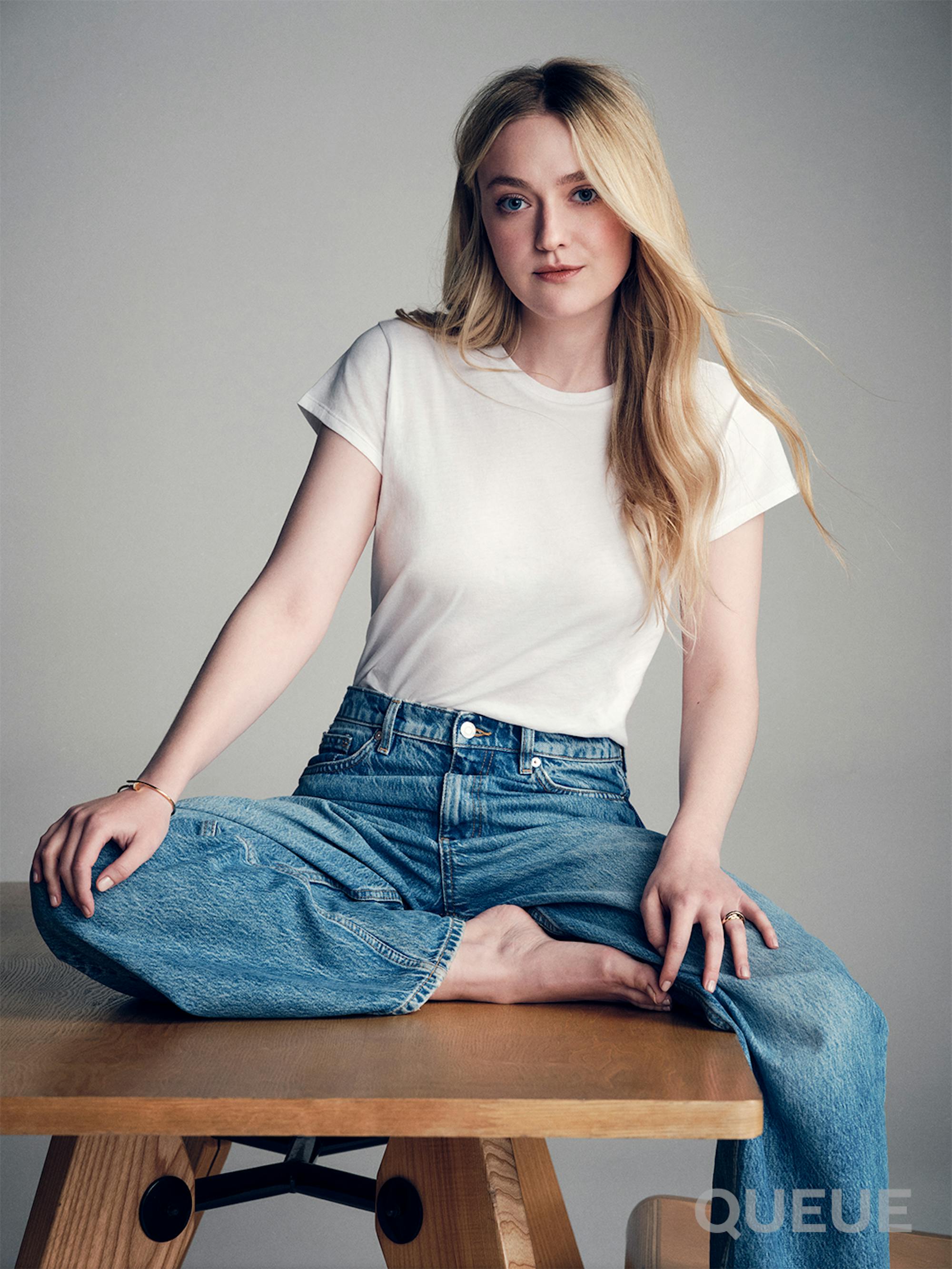
Dakota Fanning
Krista Smith: What drew you to Ripley and why did you want to play Marge Sherwood?
Dakota Fanning: Having eight hours to explore these characters that you think you know, whether through the book or through the [1999] film adaptation, I was like, “Oh, that’s going to be amazing.” I was such an admirer of Steve and of Andrew. So when I [was cast as] Marge, I was overcome with excitement. Just hearing Steve’s vision and how devoted he was to the story, you knew that you were going to be supported. He’s so detailed, you were always going to know exactly where you stood. And that’s what I like as an actor.
Watching your back-and-forth with Andrew Scott is mesmerizing. How was that to play some of those scenes and what was happening between takes?
DF: There were some moments where we were so [in character that we just wanted] the other one to drop dead. Steve would cut, and Andrew and I [would say to each other], “You bitch!” Then we’d crack up. We had to bring that play and joy to it. The tension between the two of us [would be so palpable] that when “cut” would happen, my whole body would relax. That energy is harder than running all day. So, I loved it. I was happy to not just be a pawn in Tom’s game as Marge. You see her own opportunistic tendencies come out sometimes and you explore that vanity in her as well. I think that’s deeply human.
Ultimately, in this series you’re exploring people and what people are capable of. You almost feel like you’re reading everyone’s thoughts through their eyes, which is what I like to do as an actor — finding what’s underneath and not focusing on the exterior.
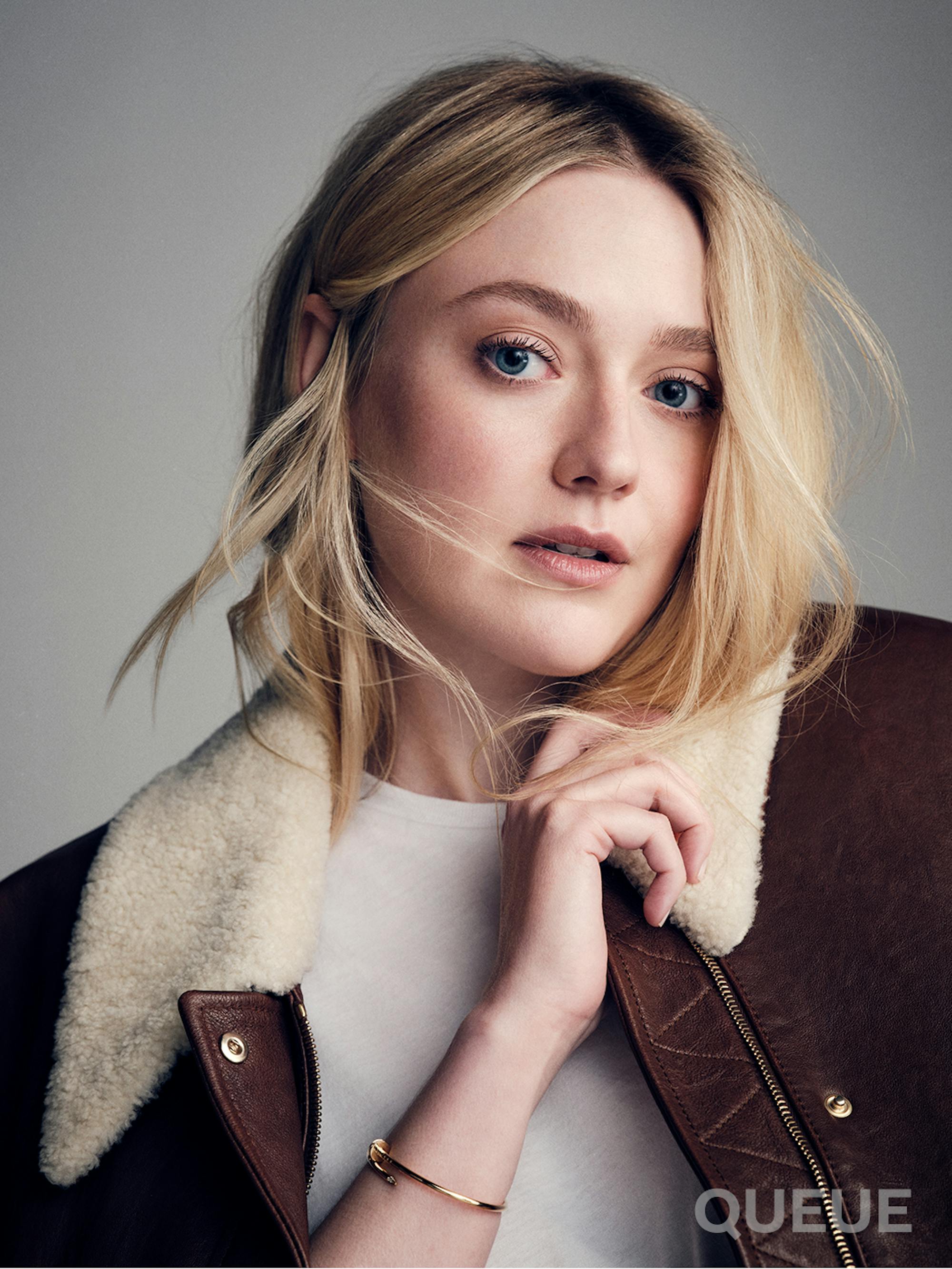
Dakota Fanning
You shot all over Italy, and so much of the aesthetic of that country plays through. How does being immersed in that kind of environment influence your performance?
DF: It’s really comforting. Having the luxury of actually being where it’s written that you’re supposed to be, that’s a rarity these days. So I didn’t take any of that for granted. It was a lot of hard work from a lot of different people.
I once found Steve rearranging the knitting needles in the knitting basket in [Marge’s] house. There’s that closeup of the knitting basket and it’s this perfect mess, [which] says something about Marge. It’s all for a reason. Every shot is important, every moment is important, every costume is important. I’ve been doing this a long time, and a lot of the time, it’s hurry, hurry, hurry and rush, rush, rush. That was not ever said [here]. Watching [the series] was a very moving experience for me because it all came full circle. You see how him rearranging those knitting needles did do something, and you think, Whoa.
You’ve been acting for a long time. You didn’t start out in kids’ movies. You were in R-rated films, which is so interesting. Is there one particular film where you felt you made the switch from child actor to your own kind of autonomous artist?
DF: I don’t know if I am capable of thinking about it like that. I’ve just had to exist and to keep going. I just wanted it to happen naturally, and I feel like it did. You play a lot of daughters of people, and there’s something that happens when you’re not playing someone’s daughter and you’re just existing in a space on your own; maybe that made me feel adult. But I don’t know, I’ve tried to work very hard to let that perception go. It is what it is.
